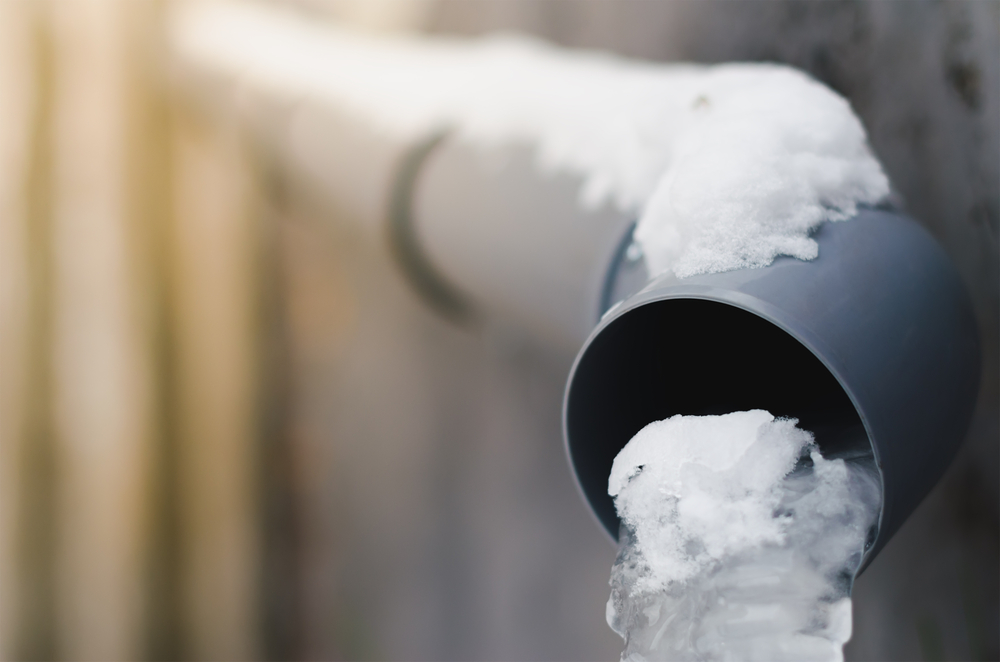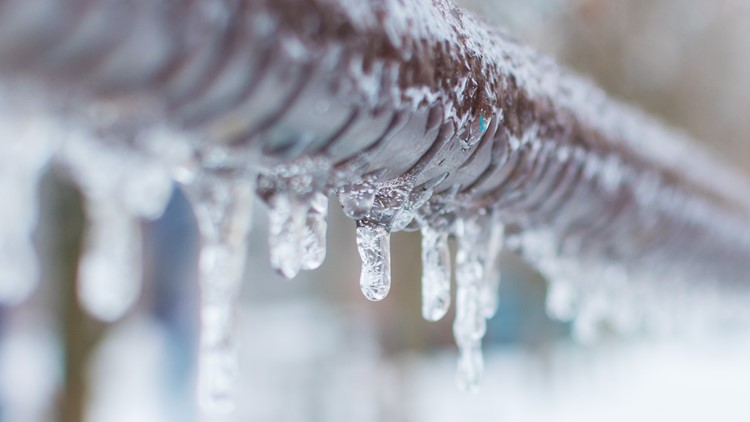Right here below you can find additional incredibly good tips regarding 6 Ways to Prevent Frozen Pipes.

Cold weather can ruin your pipes, particularly by freezing pipes. Right here's exactly how to stop it from taking place and what to do if it does.
Intro
As temperature levels drop, the risk of frozen pipes increases, potentially leading to costly repairs and water damage. Recognizing just how to stop icy pipes is important for house owners in cold climates.
Avoidance Tips
Protecting susceptible pipes
Cover pipes in insulation sleeves or use warmth tape to safeguard them from freezing temperatures. Concentrate on pipes in unheated or external areas of the home.
Home heating strategies
Maintain interior spaces appropriately heated, especially areas with plumbing. Open cupboard doors to enable cozy air to flow around pipes under sinks.
Just how to recognize frozen pipelines
Try to find decreased water flow from faucets, unusual smells or sounds from pipes, and visible frost on subjected pipes.
Long-Term Solutions
Structural modifications
Think about rerouting pipes away from outside wall surfaces or unheated areas. Add extra insulation to attic rooms, basements, and crawl spaces.
Updating insulation
Purchase premium insulation for pipes, attic rooms, and walls. Proper insulation aids keep constant temperatures and lowers the danger of icy pipes.
Safeguarding Outside Plumbing
Yard hoses and outside taps
Detach and drain pipes garden pipes prior to winter season. Install frost-proof spigots or cover outside taps with shielded caps.
Comprehending Icy Pipelines
What causes pipes to freeze?
Pipes freeze when exposed to temperature levels below 32 ° F (0 ° C) for extended periods. As water inside the pipelines ices up, it increases, taxing the pipeline wall surfaces and possibly creating them to burst.
Risks and damages
Frozen pipelines can lead to water supply disruptions, residential property damages, and costly repair services. Burst pipes can flooding homes and create comprehensive structural damages.
Signs of Frozen Water Lines
Determining frozen pipes early can prevent them from breaking.
What to Do If Your Pipelines Freeze
Immediate actions to take
If you think icy pipes, maintain faucets available to relieve pressure as the ice melts. Make use of a hairdryer or towels soaked in warm water to thaw pipelines gradually.
Final thought
Stopping frozen pipelines needs proactive actions and quick responses. By recognizing the causes, indicators, and preventive measures, homeowners can secure their plumbing throughout winter.
5 Ways to Prevent Frozen Pipes
Drain Outdoor Faucets and Disconnect Hoses
First, close the shut-off valve that controls the flow of water in the pipe to your outdoor faucet. Then, head outside to disconnect and drain your hose and open the outdoor faucet to allow the water to completely drain out of the line. Turn off the faucet when done. Finally, head back to the shut-off valve and drain the remaining water inside the pipe into a bucket or container. Additionally, if you have a home irrigation system, you should consider hiring an expert to clear the system of water each year.
Insulate Pipes
One of the best and most cost-effective methods for preventing frozen water pipes is to wrap your pipes with insulation. This is especially important for areas in your home that aren’t exposed to heat, such as an attic. We suggest using foam sleeves, which can typically be found at your local hardware store.
Keep Heat Running at 65
Your pipes are located inside your walls, and the temperature there is much colder than the rest of the house. To prevent your pipes from freezing, The Insurance Information Institute suggests that you keep your home heated to at least 65 degrees, even when traveling. You may want to invest in smart devices that can keep an eye on the temperature in your home while you’re away.
Leave Water Dripping
Moving water — even a small trickle — can prevent ice from forming inside your pipes. When freezing temps are imminent, start a drip of water from all faucets that serve exposed pipes. Leaving a few faucets running will also help relieve pressure inside the pipes and help prevent a rupture if the water inside freezes.
Open Cupboard Doors
Warm your kitchen and bathroom pipes by opening cupboards and vanities. You should also leave your interior doors ajar to help warm air circulate evenly throughout your home.

As an enthusiastic person who reads on Winter Plumbing Precautions: Preventing Frozen Pipes, I was thinking sharing that piece of content was smart. Do you know another person who is serious about Helpful Tips to Prevent Frozen Pipes this Winter? Take a moment to share it. Thanks a lot for your time. Kindly come by our website back soon.
Call Today